If Congress cannot agree on how to pay for them, interest rates for subsidized loans in the Robert T. Stafford Student Loan program will double on July 1. The new fixed rate would be 6.8 percent. President Barack Obama is campaigning on the issue, slow jamming the news on late night television and visiting campuses. He invites students to use the hashtag #DontDoubleMyRate. No one supports doubling the rates, yet lawmakers have not yet passed an extension of an act that keeps the rates low.
A jump in interest rates would disproportionately affect Asian American and Pacific Islander students, according to an administration official. Kiran Ahuja is executive director of the White House Initiative on Asian Americans and Pacific Islanders (AAPIs), part of the U.S. Department of Education.
She said more than 300,000 Asian American students would be impacted if the rates rise. AAPIs have greater financial pressures and lower educational attainment rates than the stereotype of the model minority suggests. According to Ahuja, almost half of all Asian-American students are enrolled in community colleges. Almost half of them have a financial need of about $2,000, and about 11 percent are “reporting almost $9,000 in financial need, which is the largest proportion of any racial or ethnic group. … Also one third of all the first time full-time AAPI students come from families earning less than $40,000 a year.”
Minority students make up nearly half of the recipients of federal student loans, according to Ahuja. A “pretty significant number of students who come from communities of color will be affected if these rates rise.”
She said the administration is concerned about rising rates of educational debt.
“We’re starting to see where students are accruing a lot of debt from school. Now they’re saying that these loans are actually surpassing credit card debt, which is particularly striking.”
If the rate increase takes effect, it would cost students about $317 million over the lives of their student loans, according to figures from the Department of Education.
The Stafford loan program was once a model of bipartisan legislation. It is named after Republican Senator Robert Stafford of Vermont. President George W. Bush signed the legislation. As with motherhood and apple pie, no one opposes affordable college educations, but a lengthy series of bills and counter bills tells a tale of gridlocked woe in Washington.
U.S. House Committee on Education and the Workforce Chairman John Kline (R-Minn.) issued an April 25 statement in which he said of the newly introduced Interest Rate Reduction Act (H.R. 4628): “The legislation introduced today by my Republican colleague will remove the threat of the Democrats’ student loan interest rate hike. Rather than imposing new tax hikes on small businesses, the House Republican proposal will roll back wasteful spending in ObamaCare to help student borrowers without piling debt on the backs of our children and grandchildren.”
In the Senate, a Democratic plan would raise money to subsidize student loans by raising Social Security and Medicare payroll taxes on certain high-income people. Republicans in the Senate would like to subsidize student loans by eliminating some preventive care coverage in the Affordable Care Act.
No one expects either party to allow student loan rates to rise, but the laundry list of bills and counter bills shows how profound the differences between the two sides are.
The Epoch Times publishes in 35 countries and in 19 languages. Subscribe to our e-newsletter.
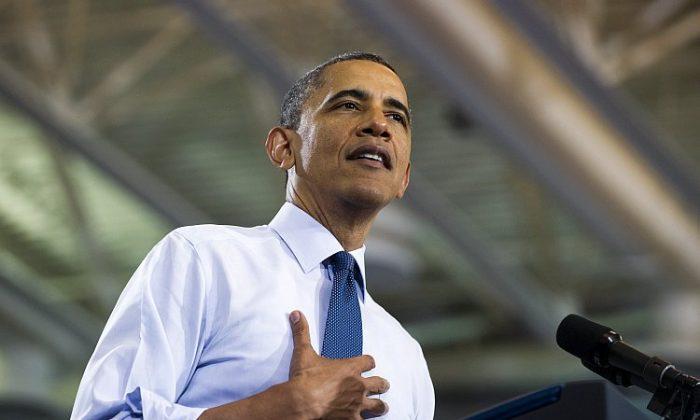

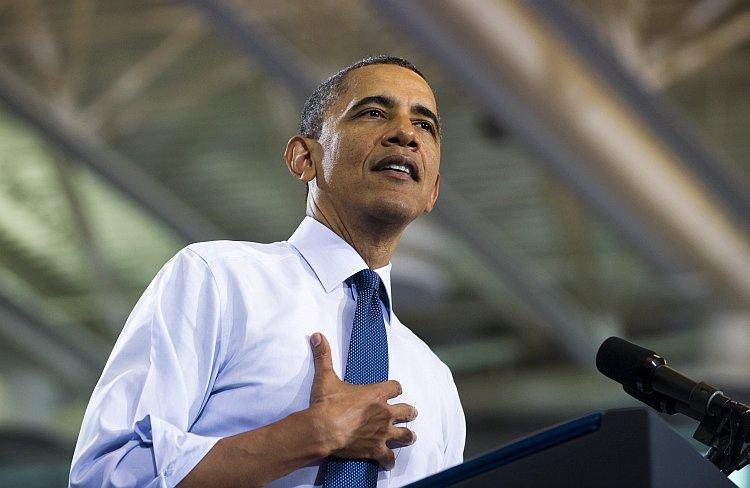
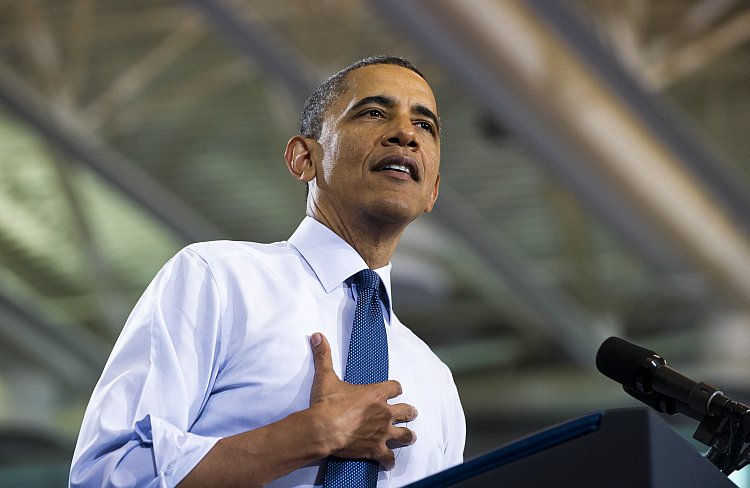


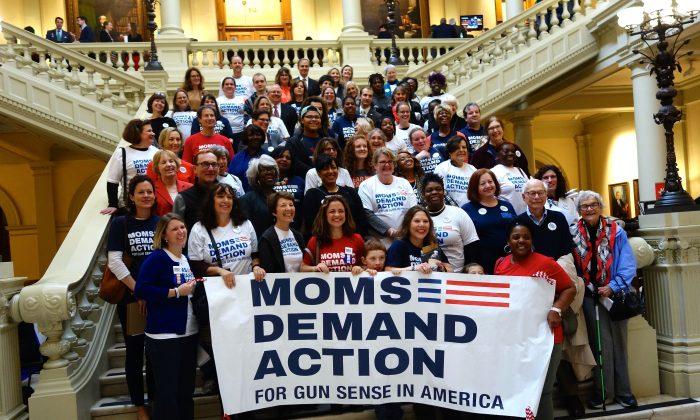
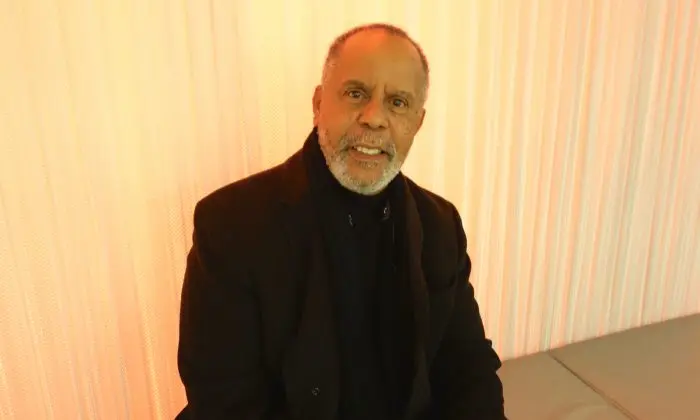
Friends Read Free